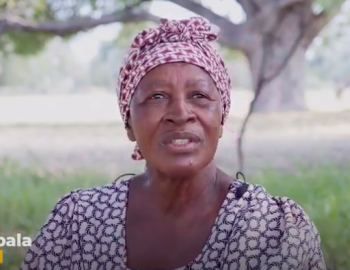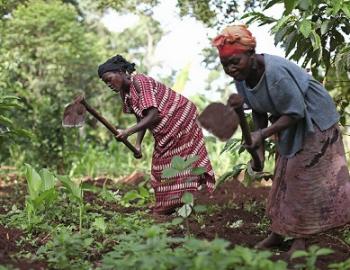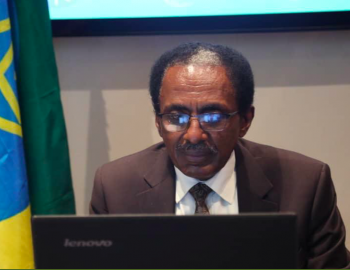View new ALIN video on biogas cooking in rural Kenya
View new ALIN video on biogas cooking in rural Kenya
The majority of rural Kenyans rely on firewood and paraffin for cooking because these energy sources are often affordable and freely available – despite being linked to serious health and development impacts. Families often suffer from lung illnesses from indoor smoke and fumes and can spend a large proportion of their monthly income on energy to meet their daily needs. The World Health Organisation estimates that globally 1.45 million people die prematurely from household air pollution every year from the inefficient burning of biomass (wood, animal dung and crop waste). Women and children also walk long distances every day in search of firewood, taking them away from income generating activities, and reducing time for study and play.
Wood supplies are also under serious pressure in many rural areas. The unsustainable use of wood fuel and charcoal also contributes towards climate change through the emission of greenhouse gases from deforestation, where communities extract wood faster than forests can regenerate.
Watch how rural farming communities in Entasopia in the Nguruman area of Kajiado County are using waste from their cows and other livestock to produce clean and climate-friendly energy for cooking with locally-manufactured tubular biogas technology. The technology is proving popular in these communities, as it is a simple and affordable innovation that uses locally-available raw materials. In the video, Kenyan farmers talk about how biogas is reducing their monthly energy bill and generally improving their quality of life.
This video was produced by the Arid Lands Information Network (ALIN), a Kenyan-based NGO, supported by CDKN to facilitate information sharing on practical and innovative practices being undertaken in Kenyan communities to respond to a changing climate. The best practices were featured in a special issue of ALIN’s newsletter ‘Joto Afrika’. Also watch how communities are harvesting water from rocks catchments to ensure that they have a constant supply of water throughout the year.
Here’s some of the positive feedback ALIN has received about the biogas video:
‘We have been reading of biogas technology from books and found very complicated and expensive for community member to afford but after watching the video on tubular biogas technology, I am convinced it can work here. It’s simple and affordable!’ Linus Muthengi, Division Agricultural Extension Officer (DAEO) from Ngomeni division Kyuso, Kenya
‘I am impressed by what you are doing with the tubular biogas. I like the fact that it’s an area specific solution, that’s what we need in Africa. Not general solutions that may not work for everyone.’ Dieudonne Baributsa, Rwanda during a regional climate change forum in Nairobi in November 2011 where ALIN showcased the video
Photo courtesy of ALIN, showing a Kenyan farmer feeding a mixture of cow dung and water into the tubular biogas digester system.



